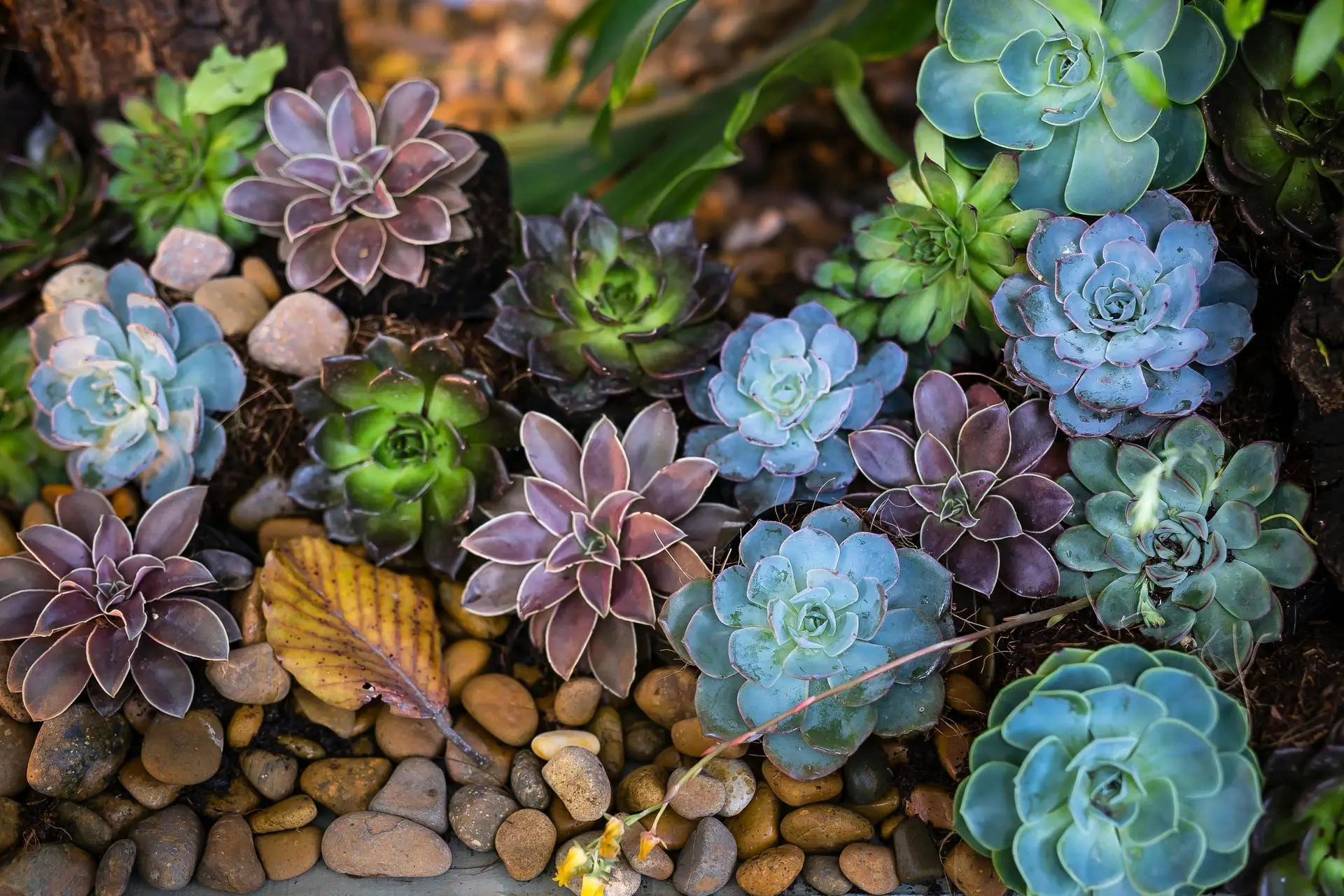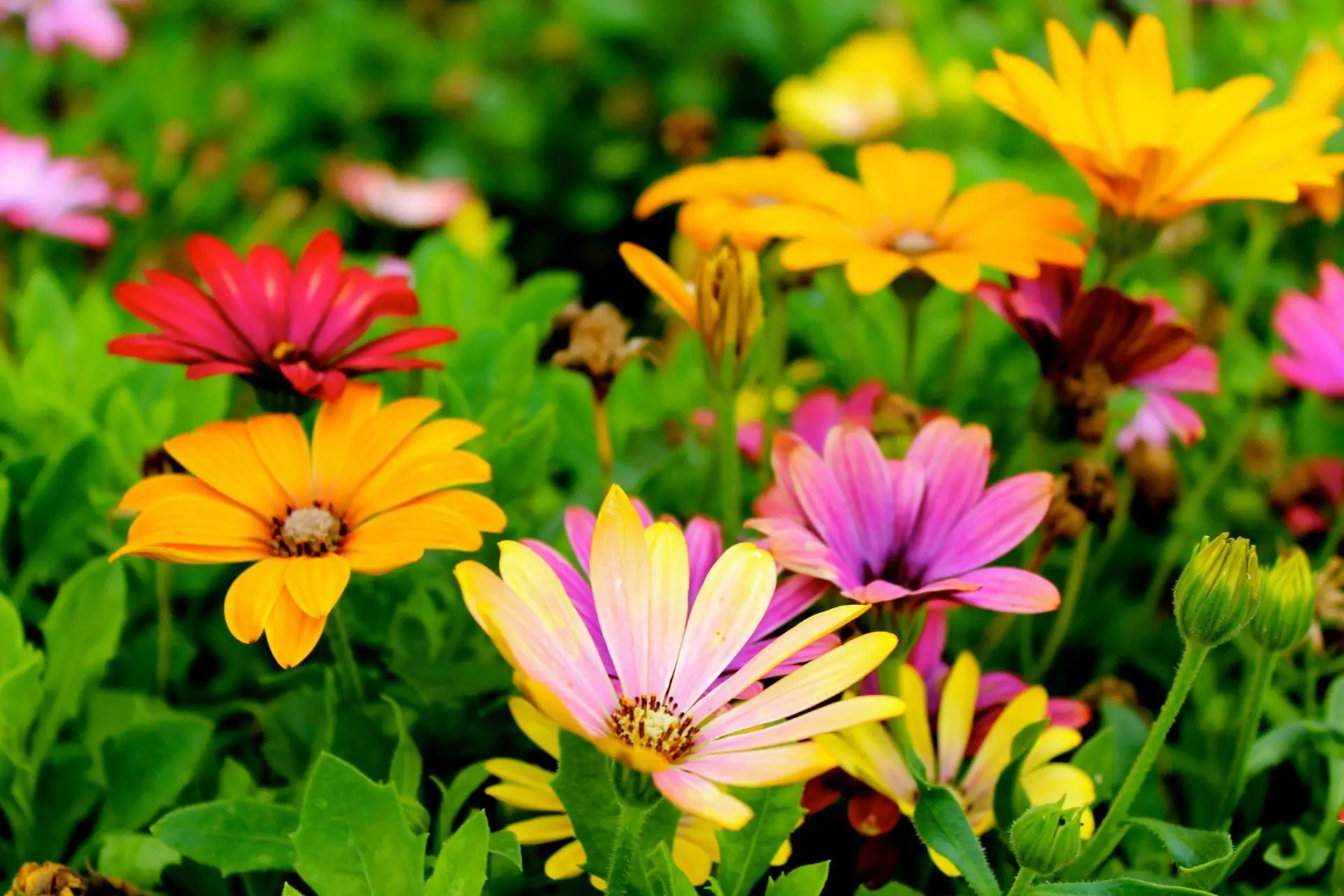The Secret Life of House Plants After Dark - Night-time Plant Behavior
Unveiling the Nocturnal World of Indoor Plants
When the sun sets and darkness envelops our homes, a fascinating transformation occurs in the world of house plants. These seemingly static green companions engage in a variety of nocturnal activities that are crucial to their survival and growth. Understanding the secret life of house plants after dark can help plant enthusiasts provide better care and appreciate the complex nature of their leafy friends.
The Rhythm of Photosynthesis Reverses
During daylight hours, plants are busy photosynthesizing, converting light energy into chemical energy to fuel their growth. However, as night falls, this process comes to a halt, and plants switch to a different mode of operation. At night, plants begin to use the energy they stored during the day, engaging in cellular respiration to maintain their metabolic functions. This nighttime activity is essential for the overall health and development of the plant.
Nocturnal Water Management
One of the most significant nighttime behaviors of house plants is their water management strategy. Many plants take advantage of the cooler temperatures and reduced evaporation rates to redistribute water throughout their systems. This process, known as guttation, can sometimes be observed as water droplets forming on the edges of leaves in the early morning. By managing their water resources at night, plants prepare themselves for the demands of the coming day.
The Dance of Leaf Movement
Some house plants exhibit nyctinasty, a phenomenon where leaves or flowers close or droop at night. This behavior serves several purposes:
- Conservation of energy
- Protection from nocturnal insects
- Reduction of water loss
Plants like prayer plants (Maranta) and oxalis are well-known for their dramatic leaf movements as day turns to night. These movements are controlled by changes in the turgor pressure within the plant's cells, responding to the absence of light.
Nighttime Growth Spurts
Contrary to popular belief, plants don't stop growing when the lights go out. In fact, many plants experience significant growth during the night hours. This nocturnal growth is often focused on cell expansion rather than cell division, allowing plants to utilize the energy they stored during the day efficiently. For some species, such as certain types of bamboo, nighttime growth can be so rapid that it's almost perceptible to the human eye.
The Importance of Darkness for Flowering
For many house plants, the duration of darkness is crucial for initiating and maintaining flowering cycles. This phenomenon, known as photoperiodism, is why some plants only bloom at certain times of the year. Short-day plants, which require long periods of darkness to flower, rely on uninterrupted nights to trigger their blooming process. Understanding this need for darkness can help indoor gardeners create the right conditions for their plants to thrive and flower.
Nocturnal Pollination Strategies
While less common in typical house plants, some species have evolved to attract nocturnal pollinators. Plants like the night-blooming jasmine or certain species of orchids release their fragrance at night to attract moths and bats. These plants often have pale or white flowers that are more visible in low light conditions, showcasing the intricate relationships between plants and their environment, even in the darkness of night.
Adapting Care Routines to Nighttime Plant Behavior
Understanding the nocturnal activities of house plants can inform better care practices:
- Avoid disturbing plants with artificial light during theirrest" period
- Water plants in the morning to mimic natural moisture cycles
- Ensure plants receive adequate periods of darkness, especially for flowering species
- Be mindful of temperature fluctuations that might affect nighttime processes
By aligning care routines with the natural rhythms of house plants, gardeners can create more favorable conditions for growth and overall plant health.
The Unseen World of Root Activity
While the above-ground parts of plants may seem to slow down at night, the root system remains highly active. Nighttime is often when roots experience their most significant growth and nutrient uptake. This is partly due to the cooler soil temperatures and the redistribution of carbohydrates from the leaves to the roots. The nighttime activity of roots highlights the importance of maintaining consistent soil moisture and avoiding overwatering, which can disrupt this crucial nocturnal process.
Embracing the Night: Enhancing Plant Care Through Understanding
The secret life of house plants after dark reveals a complex and dynamic world that often goes unnoticed. By appreciating these nocturnal behaviors, plant enthusiasts can develop a deeper connection with their green companions and provide more tailored care. This knowledge not only enhances the health and beauty of indoor plants but also offers a fascinating glimpse into the intricate workings of nature, even within the confines of our homes.
Nighttime Pest Activity and Plant Defense
As plants settle into their nocturnal routines, they also face unique challenges from pests that are active after dark. Many common houseplant pests, such as spider mites and fungus gnats, become more active during the night. In response, plants have developed various defense mechanisms that come into play after sunset:
- Release of volatile organic compounds (VOCs) to deter pests
- Closure of stomata to prevent water loss and pest entry
- Activation of specific genes related to pest resistance
Understanding these nighttime interactions can help plant owners implement more effective pest management strategies, such as applying neem oil in the evening when pests are most active.
The Role of Circadian Rhythms in House Plants
Just like humans, plants have internal circadian rhythms that regulate their daily cycles. These biological clocks help plants anticipate changes in their environment and optimize their physiological processes accordingly. The circadian rhythms of house plants influence various aspects of their behavior, including leaf movement, stomatal opening, and hormone production. Maintaining a consistent light-dark cycle is crucial for keeping these rhythms in sync and ensuring the overall health of indoor plants.
Nighttime CO2 Absorption and Air Purification
While plants are generally known for producing oxygen during the day, their nighttime activities also contribute to air purification in our homes. Some plants, particularly those adapted to low-light environments, continue to absorb carbon dioxide at night. This process, known as Crassulacean Acid Metabolism (CAM), allows plants to fix carbon dioxide during the night and use it for photosynthesis during the day. Popular house plants like snake plants (Sansevieria) and orchids employ this strategy, making them excellent choices for improving indoor air quality around the clock.
The Impact of Artificial Light on Nighttime Plant Behavior
In modern homes, artificial lighting can significantly impact the natural cycles of house plants. Exposure to artificial light during the night can disrupt plants' circadian rhythms, affecting their growth patterns and overall health. To mitigate these effects:
- Use timers on grow lights to maintain a consistent day-night cycle
- Avoid placing plants near sources of constant artificial light, such as street lamps or indoor lighting
- Consider using red or far-red light in the evening, which has less impact on plant circadian rhythms
By being mindful of artificial light exposure, plant owners can help their green companions maintain their natural rhythms and thrive in indoor environments.
Harnessing Nighttime Plant Behavior for Propagation
Understanding the nocturnal activities of house plants can also inform more successful propagation techniques. Many plants experience increased hormone production at night, particularly auxins that promote root growth. Taking cuttings in the evening and allowing them to callus overnight can take advantage of these natural processes, potentially leading to higher success rates in propagation.
The Future of Nighttime Plant Research
As our understanding of plant behavior continues to grow, researchers are uncovering new insights into the nighttime activities of plants. Advanced imaging techniques and genetic studies are revealing previously unknown aspects of nocturnal plant life. This ongoing research has the potential to revolutionize indoor gardening practices, leading to more efficient plant care routines and the development of plant varieties specifically adapted to indoor environments.
By appreciating the complex and dynamic nighttime world of house plants, we gain a deeper understanding of these living organisms that share our spaces. This knowledge not only enhances our ability to care for our plants but also fosters a greater connection with the natural world, even within the confines of our homes. As we continue to unravel the secrets of plant behavior after dark, we open up new possibilities for creating thriving, harmonious indoor ecosystems that benefit both plants and their human caretakers."









